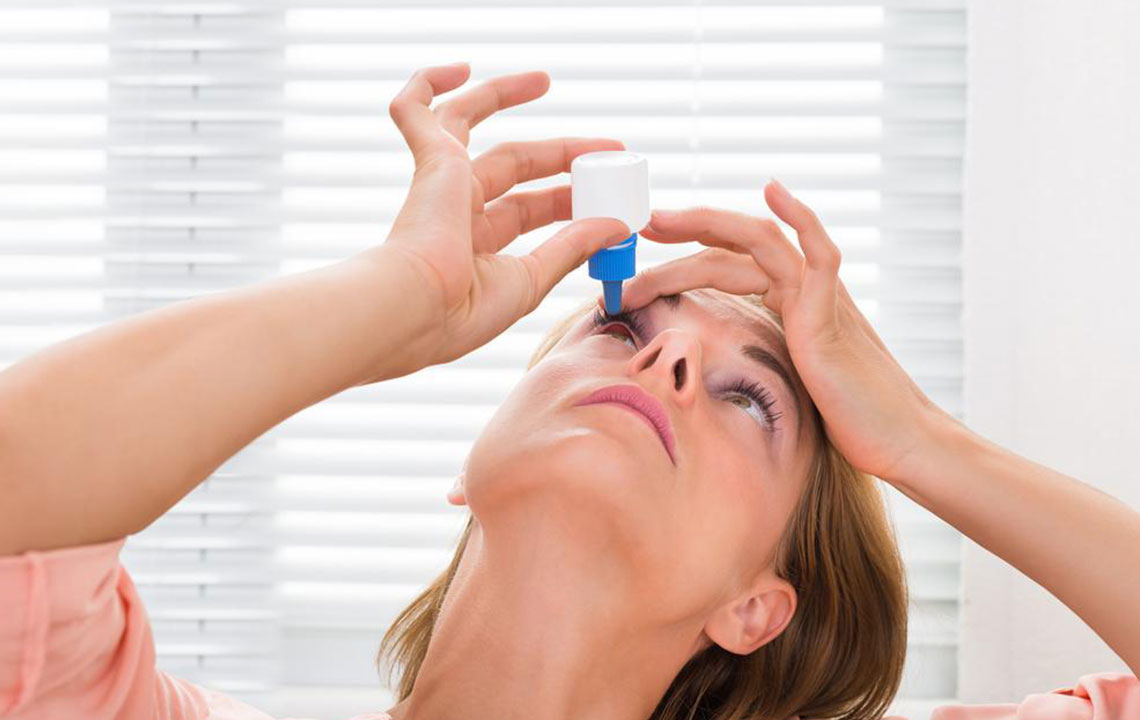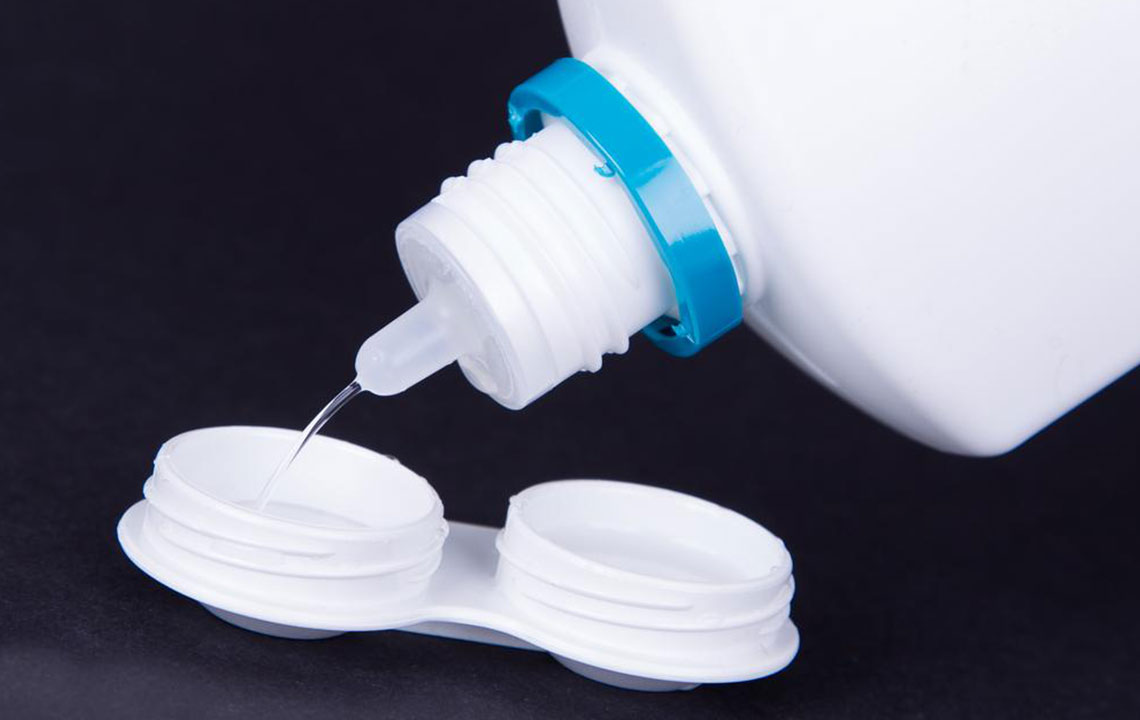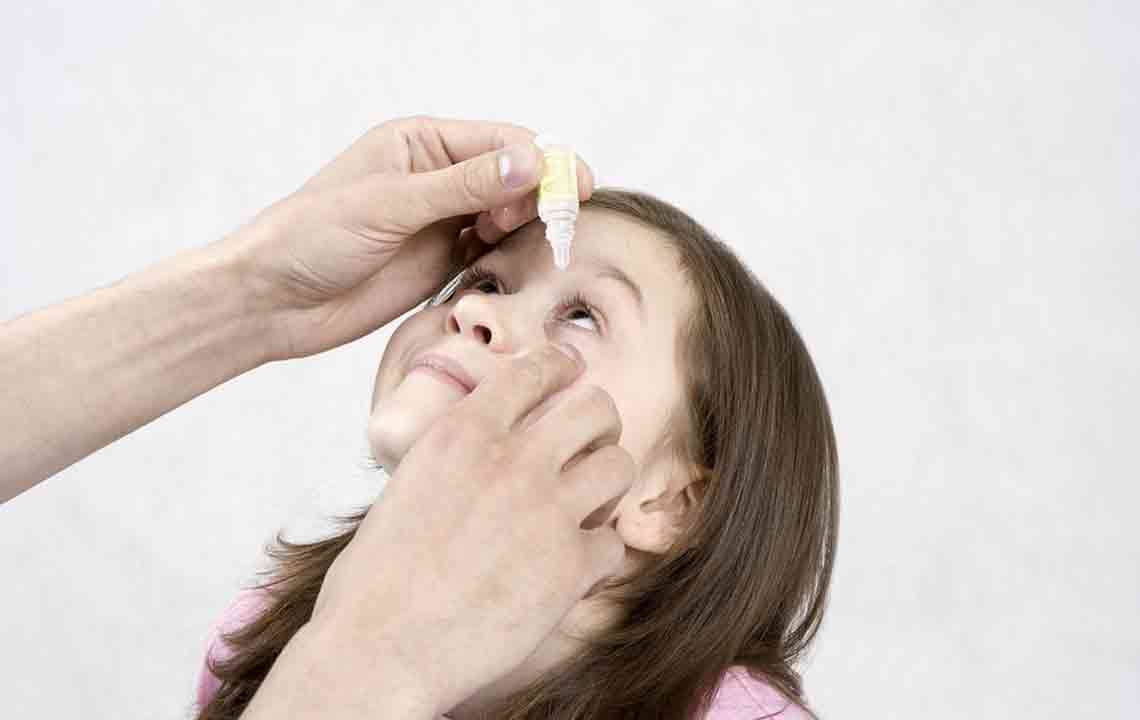Key Insights into Managing Dry Eye Syndrome
Dry eye syndrome affects nearly half of adults over 18, with increasing prevalence among those over 40, especially women. Causes include aging, hormonal changes, environmental factors, and certain medications. Symptoms range from irritation to blurred vision. Treatments involve artificial tears, gland therapy, and lifestyle adjustments like diet and eyelid hygiene. Proper diagnosis by specialists is essential for effective management. Protect your eyes by minimizing exposure to dry, windy, or smoky environments and taking regular breaks from screens. Seek professional advice for personalized care.

Key Insights into Managing Dry Eye Syndrome
Dry eye syndrome is a widespread condition impacting nearly 48% of adults over 18, often prompting visits to eye specialists due to insufficient eye lubrication. Initially causing minor irritation, untreated dry eyes can progress to severe inflammation and surface damage. Predominantly affecting those over 40, females are twice as likely to experience this issue compared to males.
What factors contribute to dry eyes?
Age and hormonal changes like menopause are major contributors. Contact lens wear can also cause discomfort and dryness. Indoor environments with air conditioning, fans, or heating, along with outdoor conditions such as wind or arid climates, heighten the risk. Other factors include smoking, certain medications (antihistamines, blood pressure drugs, antidepressants), and health conditions like thyroid disorders, rheumatoid arthritis, diabetes, and Sjogren’s syndrome.
Extended screen time, flying in cooled aircraft, and incomplete eyelid closure (lagophthalmos) are common triggers.
Recognizable signs of dry eyes include: itching, gritty sensation, burning, redness, light sensitivity, blurred vision, excessive tearing, mucus formation, difficulty reading at night, and eye fatigue. Symptoms worsen in dry, windy, or hot environments.
Other symptoms include:
Sticky eyelids on waking
Double vision
Discomfort with contact lenses
Sensitivity to wind and smoke
Eye pain and irritation
How is dry eye treated? Proper diagnosis via comprehensive eye exams, tear quality assessment, and gland function tests guide treatment. Options include:
Artificial tears for mild cases
Short-term steroid eye drops to reduce inflammation
Punctal plugs to prevent tear drainage
Meibomian gland expression with warm compresses
Light therapy for vascular inflammation
Home remedies, such as vitamin A and omega-3 intake, careful eyelid hygiene, using quality sunglasses, frequent blinking, and avoiding smoky conditions, are beneficial. Taking breaks from screens, using suitable contact lenses, and protecting eyes from harsh weather further support relief.










